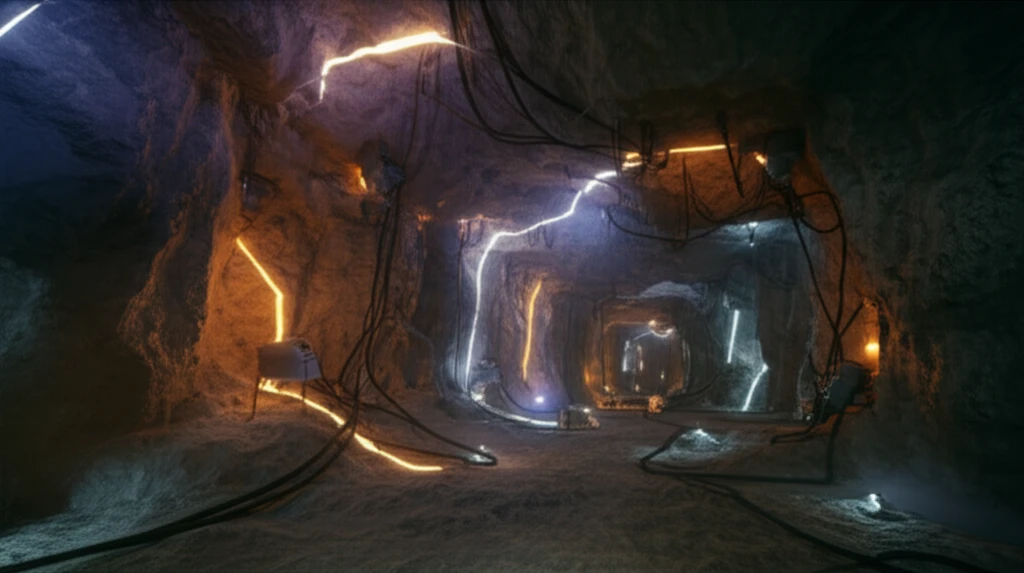
Lithium's Next Frontier: Unlocking Hidden Reserves for a Sustainable Future
"Beyond salt lakes: Exploring innovative methods to extract lithium from challenging sources like zinnwaldite and magnesium-rich brines."
Lithium, the 'white gold' of the 21st century, is indispensable for electric vehicles, mobile devices, and various industrial applications. Its demand is projected to increase dramatically in the coming years. Experts predict that current lithium extraction methods may struggle to keep pace, potentially leading to supply bottlenecks.
Currently, lithium is primarily sourced from two main types of deposits: silicatic rocks and salt lake brines. While these sources are abundant, accessing and processing them can be challenging. Traditional methods often involve energy-intensive processes and can have significant environmental impacts.
To meet the growing demand for lithium sustainably, researchers are exploring innovative extraction techniques that can unlock previously untapped resources. This article delves into cutting-edge methods for recovering lithium from challenging deposits such as zinnwaldite and magnesium-rich salt lake brines, potentially revolutionizing the lithium supply chain.
Beyond the Brine: Tapping into Untapped Lithium Sources

While salt lake brines are a major source of lithium, some deposits are magnesium-rich. This poses a significant challenge, as magnesium and lithium have similar chemical properties, making them difficult to separate. The high magnesium content interferes with traditional lithium extraction processes, reducing their efficiency and increasing costs.
- Direct Carbonization of Zinnwaldite: This innovative approach uses supercritical carbon dioxide to directly extract lithium carbonate from zinnwaldite, minimizing the need for harsh chemicals.
- Hydrochloric and Oxalic Acid Leaching: These methods use acid solutions to dissolve lithium from zinnwaldite, followed by purification steps to separate lithium from other elements. Researchers are optimizing these processes to reduce acid consumption and minimize environmental impact.
- New Methods for Magnesium-Rich Brines: Scientists are developing novel techniques, including membrane-based separation and selective ion exchange, to efficiently extract lithium from brines with high magnesium concentrations.
A Greener Lithium Future: Innovation is Key
The development of new lithium extraction technologies is crucial for meeting the growing demand for this critical element while minimizing environmental impact. By tapping into unconventional sources like zinnwaldite and magnesium-rich brines, we can reduce our reliance on traditional methods and create a more sustainable lithium supply chain.
Further research and development are needed to optimize these emerging technologies and scale them up for industrial use. Collaboration between researchers, industry, and governments will be essential to accelerate the transition to a more sustainable lithium economy.
As we move towards a future powered by clean energy, lithium will play an increasingly important role. By embracing innovation and investing in sustainable extraction methods, we can ensure a secure and environmentally responsible supply of this essential resource for generations to come.
